Ethiopia, or Abyssina as it was unknown until modern times, was unique in Africa in that it was the oldest Christian nation on the continent but also in the fact that until 1936 had been – along with Liberia – the only nation to retain its independence. The Ethiopian military, which looked to modernize following internal struggles that began during the First World War and continued into the 1920s.
With the aid of Swiss, Belgian and Swedish volunteers the army modernized and this included adopting European style uniforms and headgear, notably Wolseley helmets – likely original British surplus and later British supplied versions. What is notable about the use of these helmets is that it actually continued until Emperor Haile Selassie was deposed in 1974. Continue reading

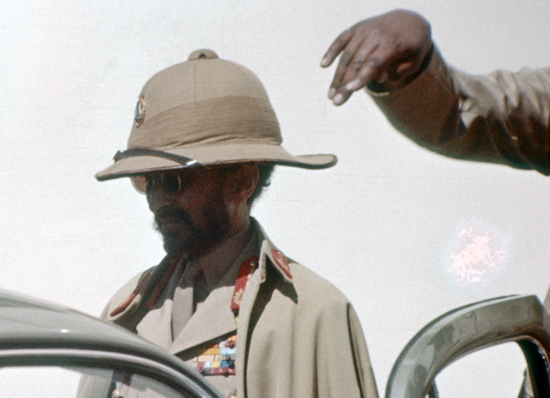

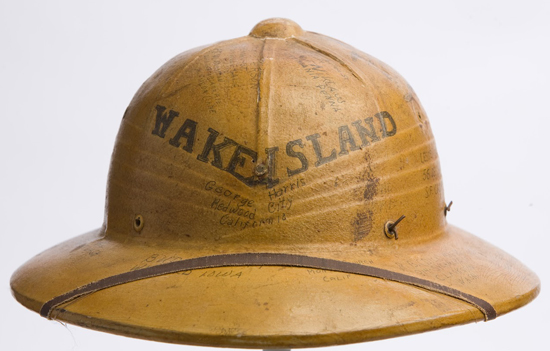
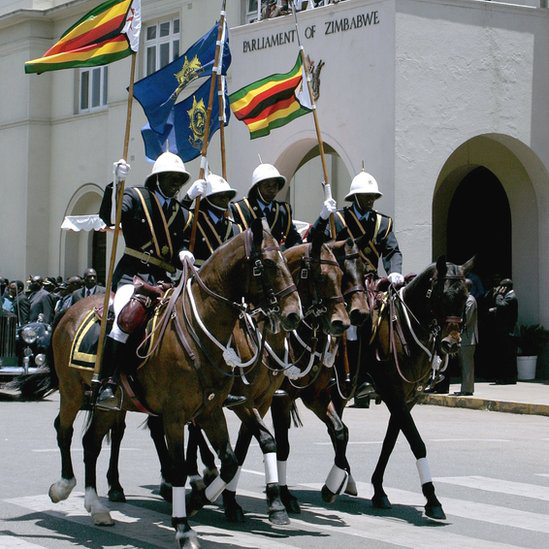
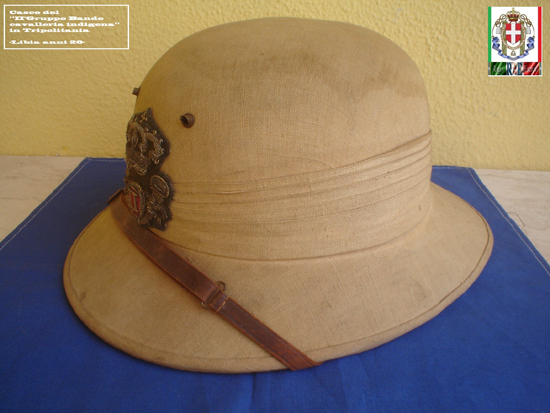
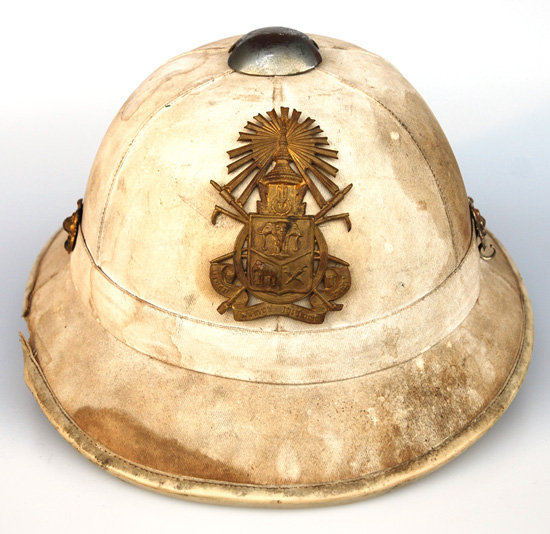
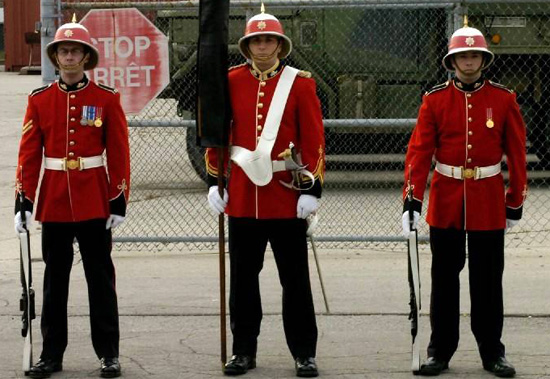 While the Wolseley helmet was declared obsolete in 1951 in a List of Changes, several British and Commonwealth units continue to wear the helmet a part of the full dress uniform. This includes of course the Royal Marines, which wear the helmet as part of their number 1 or dress uniform. Additionally, Australian Army Bands, including the Royal Military College Duntroon, still wear the Wolseley helmet.
While the Wolseley helmet was declared obsolete in 1951 in a List of Changes, several British and Commonwealth units continue to wear the helmet a part of the full dress uniform. This includes of course the Royal Marines, which wear the helmet as part of their number 1 or dress uniform. Additionally, Australian Army Bands, including the Royal Military College Duntroon, still wear the Wolseley helmet.